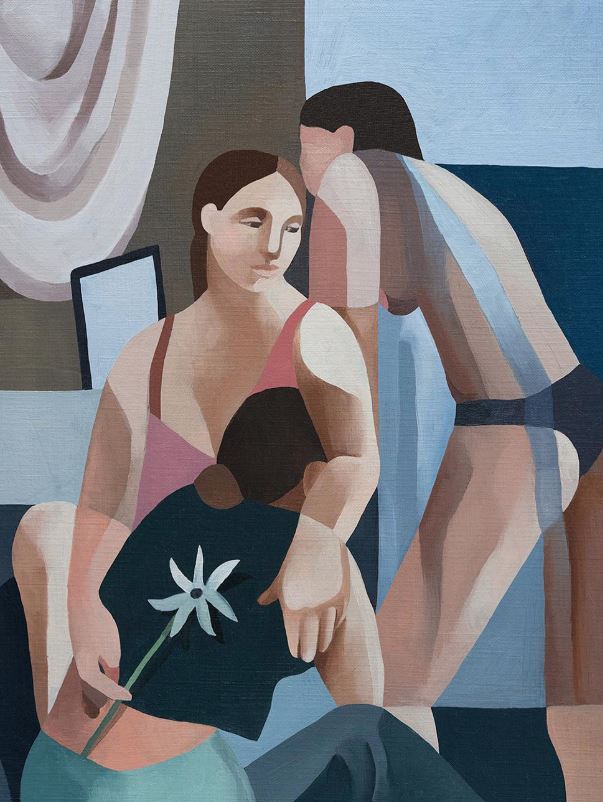בשנות ילדותי היה עולמי צר כרוחב רצפת העץ בסטודיו בו רקדתי. מחוץ לשעות האימונים שמעתי את היצירות הקלאסיות, קראתי את הספרים עליהם מבוססים חלק מסיפורי הבלט, וצפיתי בכל הופעה מתועדת שהצלחתי למצוא. איש לא נתן אז את דעתו על משמעות מקומה של הדמות הנשית בסיפורים הללו. ואני? אני רק רציתי לרקוד.
כתלמידת בלט קלאסי, ידעתי שיבוא היום, ולרקדנים ולמורים מהמין הגברי יהיה חלק חשוב בהכשרה שלי. למזלי (או שלא, תלוי איך מסתכלים על זה), יצא שעד גיל מתקדם יחסית רקדתי לצד רקדניות, ותחת שרביטן של מורות למחול בלבד. למעשה, רק לקראת שנות התיכון חלחלה בי ההכרה שמגדר זה issue, הן בסטודיו והן בעולם שבחוץ. תחלופנה עוד כמה שנים עד שארכוש את המילים והכלים, כדי להתמודד עם התגלית הזו.
===

